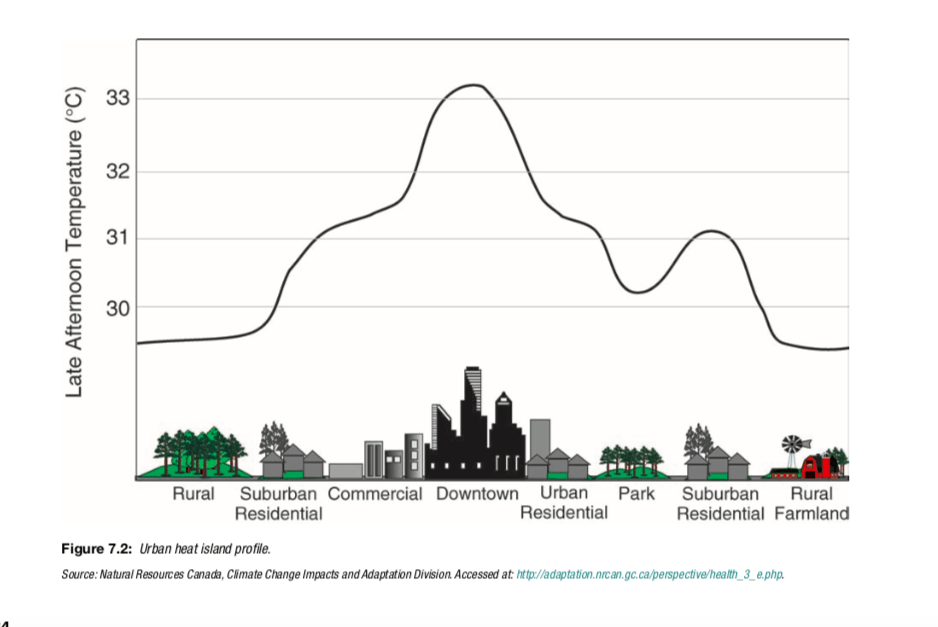Climate change and cities parts 4 and 7 addresses the effects of climate change on populations who live in cities, as well as urban energy systems and how they are impacted by and are impacting climate change. It also had a commentary on areas for future research and potential policy changes that can help cities improve their management of local energy systems in the coming decades. What I found most interesting was how it talked about the impacts of climate change have direct or indirect consequences for human health. “Urban populations are increasing in absolute numbers and relative to rural populations in every part of the world. According to the United Nations Population Fund (2007) the world is under- going the largest wave of urban growth in history. In 1800 there were only 2 cities larger than a million inhabitants.” it is interesting to see that where you live affects your health as well. In cities, climate change causes extreme changes in the weather such as floods, heat waves, and droughts as well as natural disasters such as earthquakes and wildfires. Different parts of the world have different climate issues to deal with and designers and city planners have to find different and innovative ways to deal with their case specific problem.Without effective adaptation strategies, climate change will increase health and other impacts in the world’s cities where the majority of population resides. The costs of the health impacts due to climate change will further weaken the systems already in place. Awareness to share and strengthen the city is what needs to be brought up for the individuals residing there.
